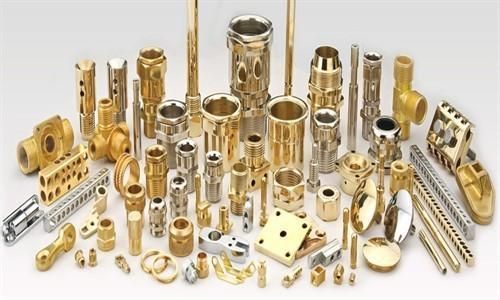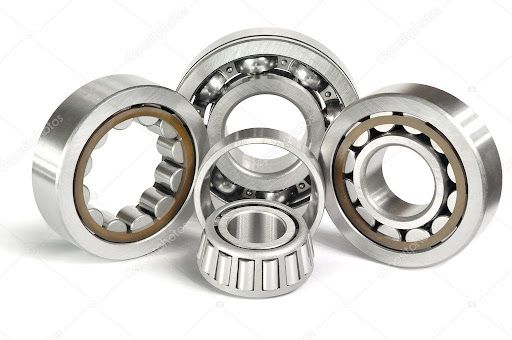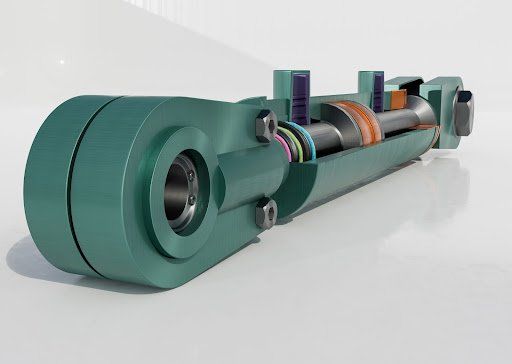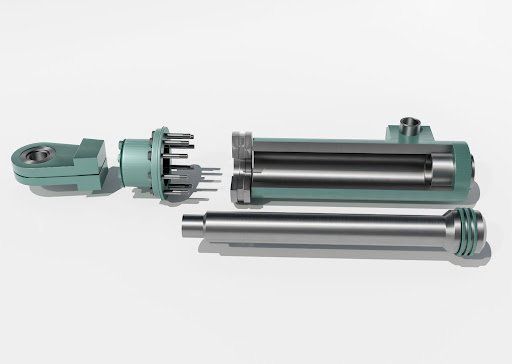Understanding & Appreciating Stainless Steel
The term ‘stainless’ is a generic name that was coined in the steel’s early development, and it now refers to an extensive range of steel grades that are resistant to corrosion or oxidation. So, you may be surprised to learn that stainless steel is not a specific product but rather a collective term for a group of metals that share the same properties. An important point to remember about stainless steel is that they are not corrosion-proof, they simply resist the forces that cause corrosion far better than other metals.
What is Stainless Steel?
Stainless steels are iron alloys with a minimum of 10.5% chromium. The added chromium creates a thin layer of oxide on the surface of the steel which inhibits a reaction with the surrounding atmosphere and prevents any further corrosion of the surface. Increasing the amount of chromium will increase the resistance. The ability to adjust the ‘recipe’ for stainless steels had an enormous impact on the variety of the final products. Depending on the intended application, other alloying elements such as nickel, titanium, and copper, can be added to enhance the steel’s structure, hardness, strength, and resistance.
The Origin of Stainless Steel
There is much speculation about the discovery of stainless steel, but history tends to credit an English metallurgist named Harry Brearley. In 1913, while experimenting with various alloy combinations, Brearley made the accidental discovery that chromium steels were highly resistant to chemical attack. In an effort to transform the cutlery market, Brearley marketed his new product as ‘rustless steel,’ ideal for items that were frequently washed. He was initially unsuccessful and branded as the inventor of the ‘knife that would not cut.’ Later, when it was discovered that testing the material in a vinegar solution left no marks, the material was successfully rebranded as stainless steel.
Within a year of Brearley’s discovery, stainless steel was being produced all over the world, and different grades began to enter the market for various applications. The material’s use in surgical instruments soon highlighted its beneficial properties and propelled the development and quality of the material into the rich and versatile metal we know and use today.
An appreciation for Stainless Steel
Since its discovery, stainless steel has revolutionised many different industries. Its beneficial properties, most notably its resistance to corrosion and staining, its aesthetically pleasing shine, and the fact that it is long lasting and low maintenance, are the clear grounds for the metal’s popularity. Today, the different variations of the alloy allow it to be milled into coils, sheets, plates, bars, wire, and tubing, to be used in all manner of commercial applications such as cookware, appliances, industrial equipment, transportation and construction.
So, the next time you’re using a stainless steel appliance or considering the material for an application, take a moment to appreciate its humble beginnings and how much it has influenced our daily lives. Bearing Centre is a leading supplier of stainless steel and respected metal distributor, contact us today.
We combine our years of expertise with exceptional customer service and the highest quality products. All this assures you of the best experience from start to finish.
Bearing Centre, Blantyre, Southern Region, Malawi, Africa - 312200
Website by Visionar
Subscribe to our newsletter
We will get back to you as soon as possible
Please try again later









